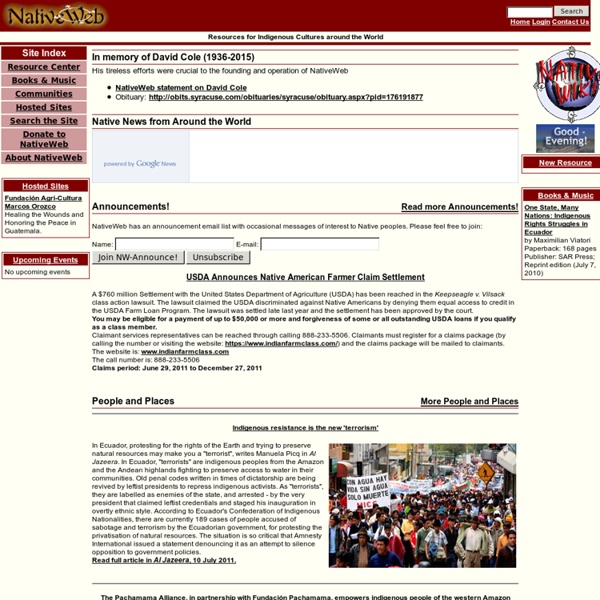



Welcome to New Zealand Historic Places Trust Pouhere Taonga Uncontacted Tribes Tracing New Zealanders’ Genetic History The Genographic Team has been in New Zealand this week, working with people of Pacific as well as European and other heritages to trace their genetic history. Each person does this by just rubbing a cotton swab inside his or her cheek. We will then take the tiny resulting DNA sample and compare it with the Genographic database, revealing the person’s place on the human family tree. An earlier post talked about meeting the Ngāi Tāmanuhiri community near Gisborne, New Zealand. Collaborating with the Allan Wilson Centre, we invited one hundred Wellington area residents to participate in the Genographic Project by swabbing with the latest version of our kit, “Geno 2.0,” to add their DNA to the project’s worldwide effort to better understand human history and migration. A Wellington, New Zealand resident swabs with Genographic ProjectPrincipal Investigator, Lisa Matisoo-Smith, to participate in theGenographic Project. Faces of some Genographic participants from Wellington.
Indians.org - Welcome . . . Famous New Zealanders Scroll down for our collection of famous New Zealanders notebooking pages and mini printable booklets for home and school projects. Just print and write! Henry Williams (1792 - 1867) was one of the first missionaries who went to New Zealand in the first half of the 19th century. Hone Heke (? Use our printable notebooking pages and booklets to record what you know about James Busby (1801 1871), who helped to draft the Declaration of Independence in New Zealand as well as the Treaty of Tāmati Wāka Nene (c. 1785 - 1871) was a Māori rangatira (chief) who fought as an ally of the British in the Flagstaff War. Captain William Hobson (1792 1842) was the first Governor of New Zealand and co-author of the Treaty of Waitangi.
Official Home of the Nez Perce Tribal Web Site Coat of arms of New Zealand Facts for Kids The coat of arms of New Zealand is a national symbol of New Zealand. The initial coat of arms was granted by royal warrant of King George V on 26 August 1911, and the current version was granted by Queen Elizabeth II in 1956. History and design The coat of arms is displayed in public buildings such as the Wellington District Court. Until 1911, New Zealand used the same royal coat of arms as the United Kingdom. Since being granted its own arms in 1911, New Zealand's arms have remained similar to the current design, with minor changes in 1956. Before 1956, the shield was identical, but the surrounding features were different. The original supporters were also slightly different. Blazon Arms: Quarterly, Azure and Gules on a Pale Argent three Lymphads Sable, between in the first quarter four Mullets in cross Gules, fimbriated Argent, in the second a Fleece; in the third a Garb, and in the last two Mining Hammers in Saltire, all Or. What it means The shield is first described. Supporters. Use
Acoma Pueblo Landing Page How to Engage Students in Historical Thinking Using Everyday Objects Social studies students regularly consider the past through its written and material culture, whether that means diving into daily life in colonial America through letters or examining ancient coins to better understand the spread of the Roman Empire. Students can learn a lot about the work of historians by applying this approach to items from their own daily lives. I’ve found that if I remind my students that in the future, our lives and culture will be reconstructed in a similar fashion, they’re intrigued, and if I challenge them to imagine what a student 100 or 200 years from now might infer when examining a contemporary artifact, they’re keen to get to work. It might seem like an unorthodox approach, but again and again, my students have analyzed their own artifacts within this historical framework and have been pushed to think in new ways, both creatively and conceptually. Step 1: Explain What Artifacts Are Step 2: Share How to Analyze Artifacts Who used it? What is its significance?
The Official Site of the Comanche Nation ~ Lawton, Oklahoma Preserving indigenous languages